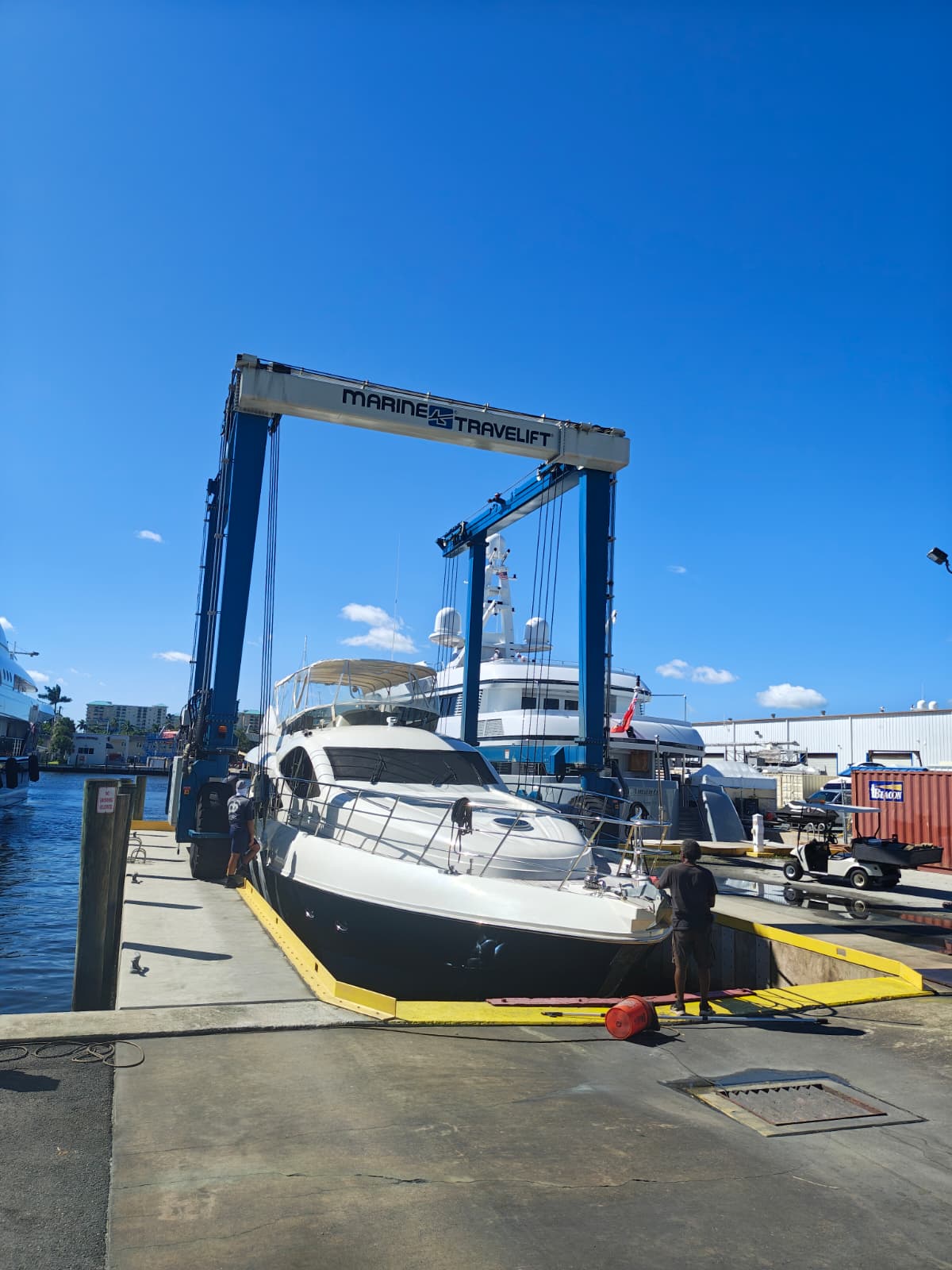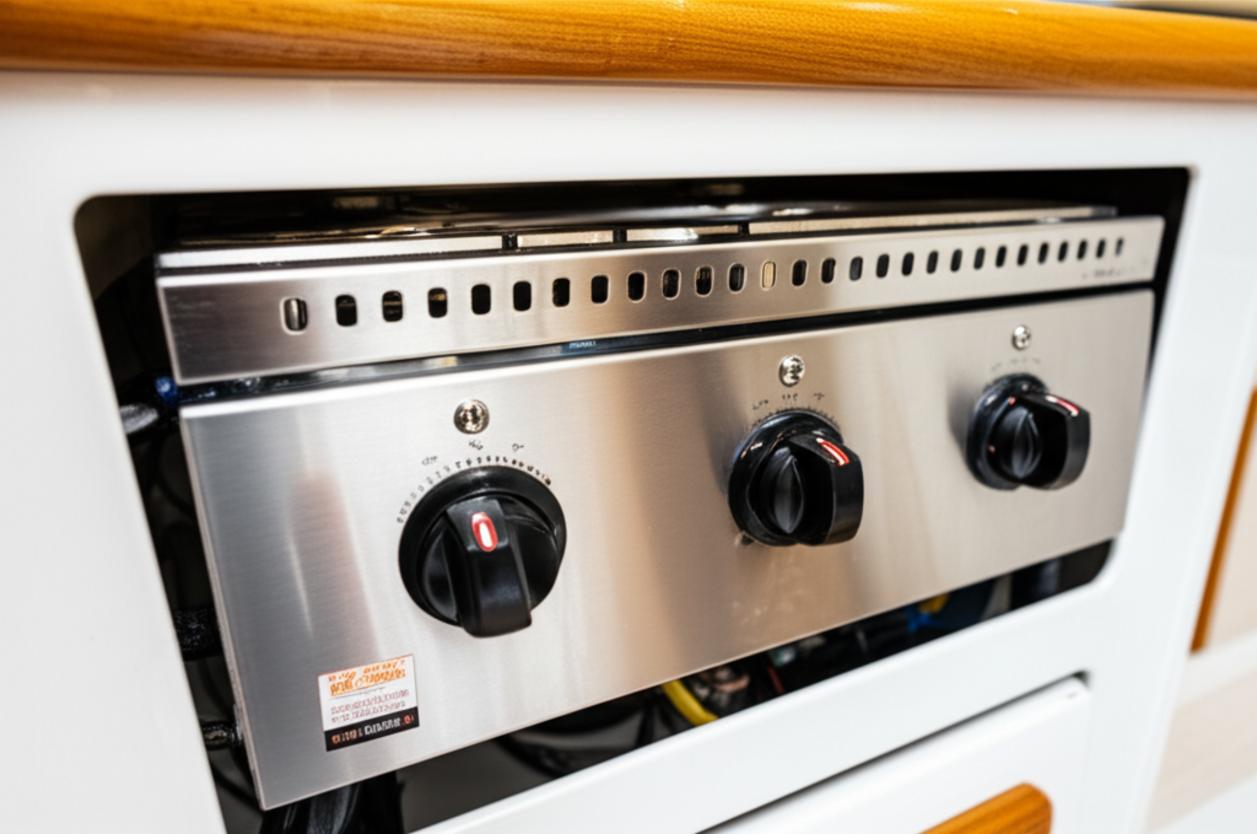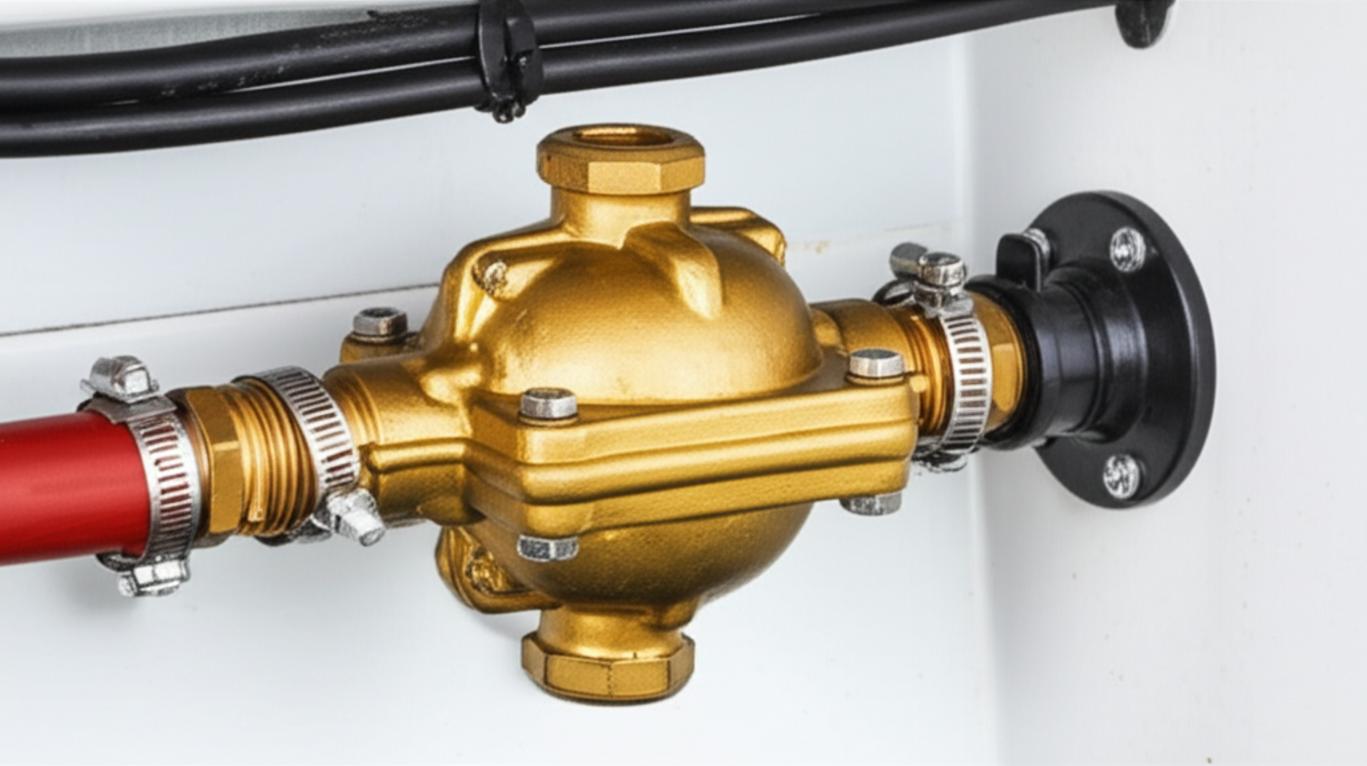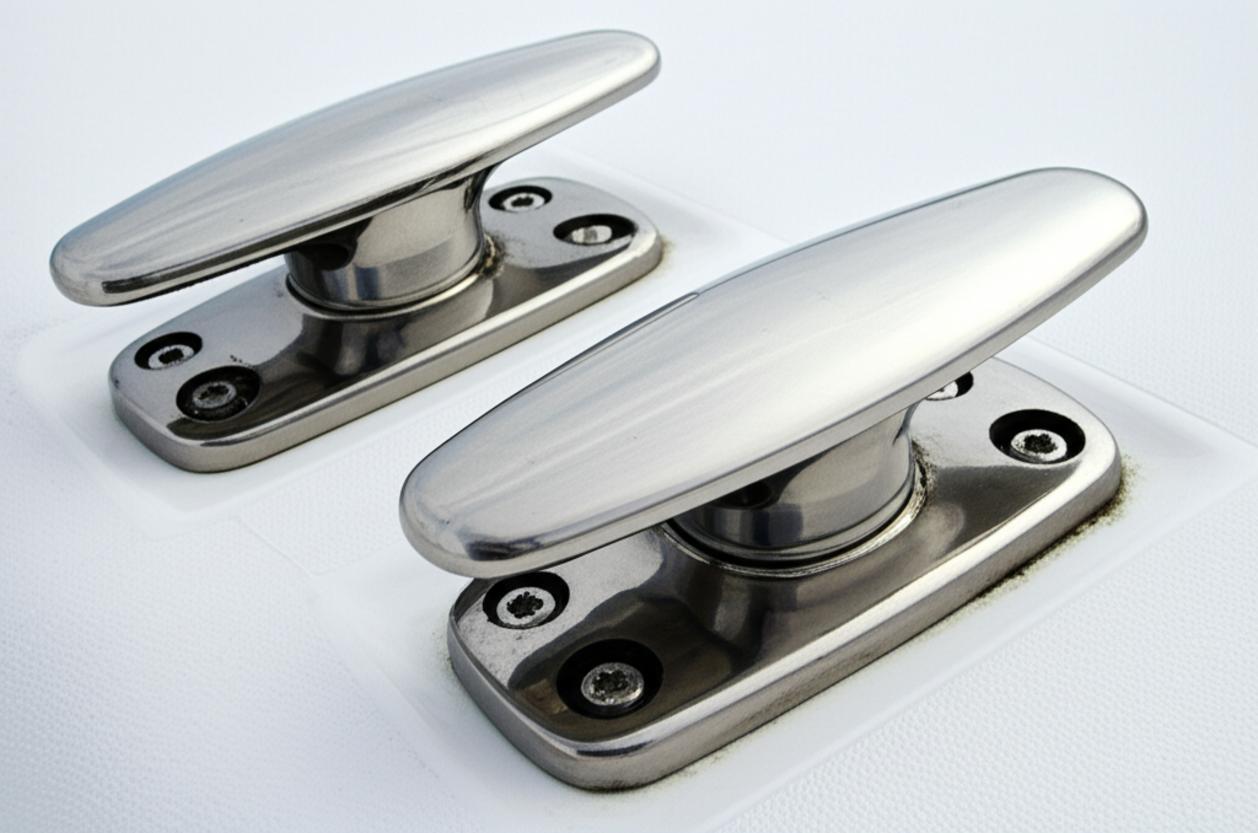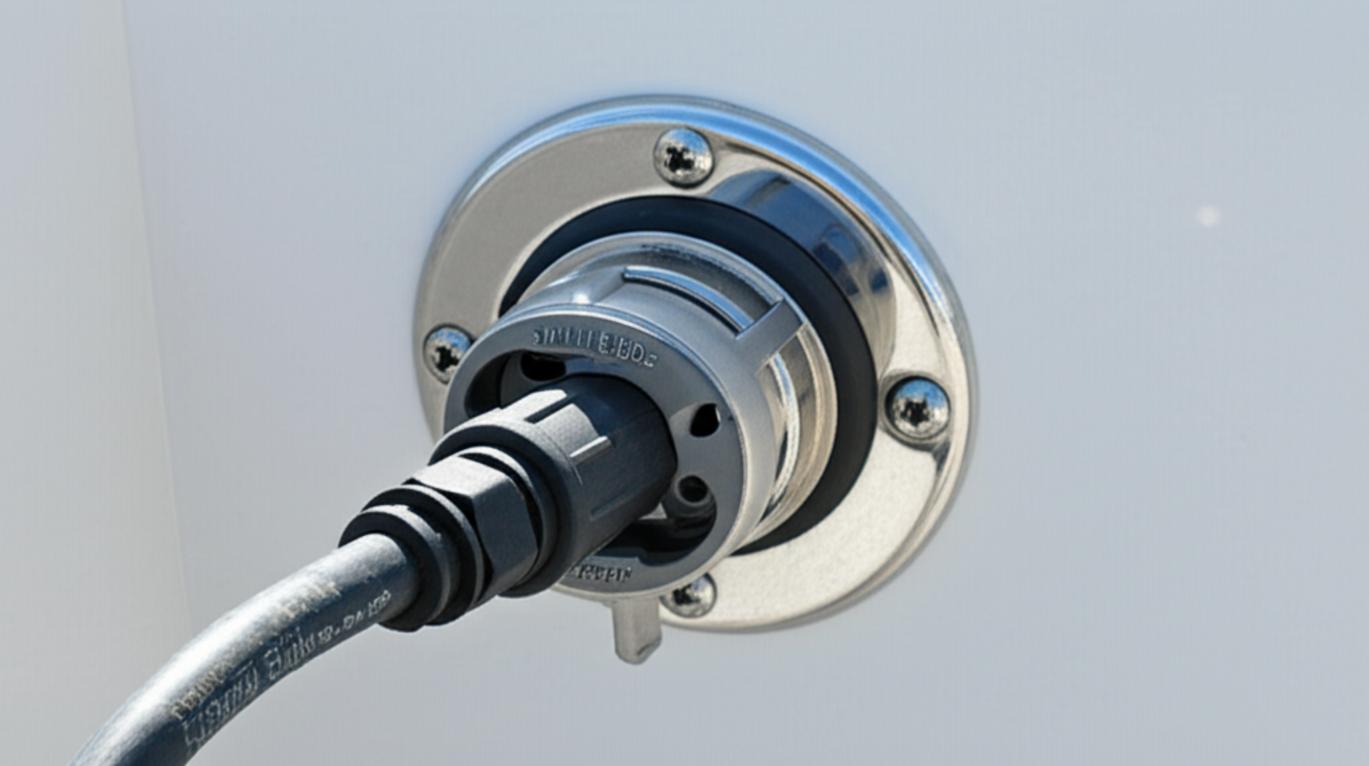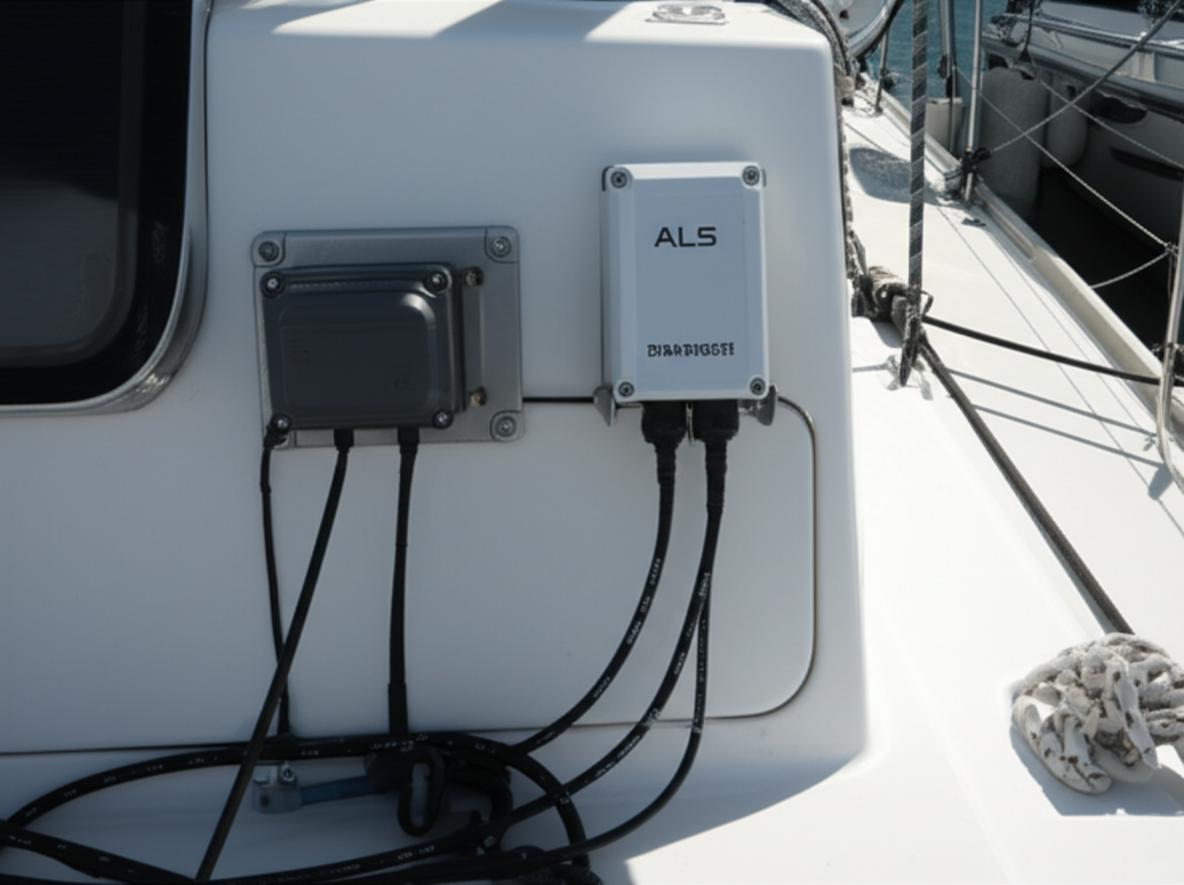Installing a shower sump pump
Tired of Soapy Scum in Your Bilge? Here’s the Fix.
There are few things less pleasant on a boat than finding a soupy, grimy mix of soapy water, hair, and who-knows-what-else sloshing around in the bottom of your bilge. For many new boat owners, the shower drain seems like a mystery—where does it all go? If the answer is “straight to the bilge,” you have a problem. This greywater cocktail not only stinks but can also clog your primary bilge pumps with hair and scum, potentially leading to catastrophic failure when you need them most. The professional solution isn’t just a good idea; it’s a necessity for a clean, safe, and well-maintained vessel: the dedicated shower sump box.
A shower sump is a self-contained box that collects greywater from your shower, sinks, and even air conditioning condensate. Inside, a small pump with an automatic float switch evacuates the water overboard through a dedicated thru-hull. It contains the mess, protects your vital bilge pumps, and keeps your boat smelling fresh. This guide will walk you through not just how to install one, but how to select the right system and install it like a seasoned marine technician, avoiding the common pitfalls that can sink an otherwise simple project.

Why a Dedicated Sump is Non-Negotiable
Before we turn a single wrench, let’s be clear on why this system is so critical. Draining greywater directly into the bilge is a cardinal sin of boat ownership. Soap residue creates a film that coats everything, making bilge cleaning a nightmare. More importantly, the hair and debris will inevitably be sucked into your main bilge pump’s impeller, causing it to jam. A jammed bilge pump is a silent threat, waiting for a real emergency to reveal its failure.
Furthermore, many areas, especially no-discharge zones, have strict regulations about what can be pumped overboard. While a shower sump still pumps water overboard, it’s a contained system that prevents oily or contaminated bilge water from being discharged. It’s the responsible way to manage your boat’s greywater, keeping your bilge clean and your essential safety equipment in prime condition.
Selecting the Right Shower Sump System
You’ll generally find two paths: the all-in-one, pre-packaged sump box or a completely DIY setup. For 95% of boaters, an all-in-one kit from a reputable brand like Rule, Whale, or Jabsco is the most efficient and reliable choice. These kits come with the box, pump, and float switch already integrated.
Key Components to Scrutinize
Even with a pre-built kit, the quality of the components matters. Here’s what to look for:
- The Box: Look for a durable ABS plastic housing with multiple inlet ports of varying sizes to accommodate different hoses. A clear, gasket-sealed lid is a must-have. It allows for quick visual inspection without having to un-plumb anything.
- The Pump: Most shower sump kits come with a small centrifugal pump, typically in the 500 to 800 GPH (gallons per hour) range. This is more than adequate for handling a shower. Check that it has a built-in check valve to prevent water from flowing back into the box after the pump shuts off.
- The Float Switch: This is the most common point of failure. Traditional mechanical float switches can get stuck or fouled by hair and soap scum. Newer systems may use electronic field-sensing switches which have no moving parts and are far more reliable. If you have a mechanical switch, ensure it has a protective cover to keep debris from jamming it.
Installation: Getting It Right the First Time
Proper installation is the difference between a set-and-forget system and a recurring headache. Take your time and do it right.
H3: Location, Location, Location
Your first task is finding the right home for the sump box. The ideal location is:
- Low and Level: It should be installed in a low spot, but not in the very bottom of the bilge. It needs to be low enough for the shower and sink drains to feed into it via gravity.
- Accessible: You will need to clean this box out periodically. Don’t entomb it behind a bulkhead where you can’t reach the lid. Under a cabin sole or inside a locker near the head is often a perfect spot.
- Secure: The box must be screwed or epoxied securely to a stringer or mounting platform. A loose box sliding around at sea is a recipe for broken fittings and leaks.
H3: Plumbing the Inlets and Outlet
Plumbing is straightforward but requires attention to detail. Use smooth-bore, marine-grade sanitation hose for all connections.
Inlets: Run hoses from your shower drain and any other greywater sources to the inlet ports on the box. Ensure a constant downward slope with no dips or valleys where water can pool. Secure each connection with a high-quality stainless steel hose clamp. If an inlet port is unused, make sure it is securely capped.
Outlet: The discharge hose runs from the pump’s outlet to a dedicated thru-hull fitting above the waterline. This is the most critical part of the plumbing.
- The Vented Loop: If your thru-hull is close to the waterline or could potentially be submerged when the boat is heeled over, you MUST install a vented loop. The loop should be mounted well above the waterline. This anti-siphon device prevents seawater from siphoning back through the pump and flooding your boat. It’s a small part that provides a huge amount of security.
- Hose Clamps: Use two opposing stainless steel hose clamps on the thru-hull fitting. This is standard practice for any fitting that could let water into the boat.
H3: Wiring for Reliability
Faulty wiring is a fire hazard and a common cause of pump failure. Follow these marine wiring best practices:
- Power Source: Wire the pump to a dedicated circuit on your DC panel, protected by an appropriately sized fuse or circuit breaker (check the pump’s manual for the correct amperage).
- Wire Gauge: Use the correct gauge of marine-grade tinned wire for the amperage draw and the length of the run. A wire sizing chart is your friend here. Undersized wires will overheat and cause voltage drop, which can damage the pump motor.
- Connections: Use marine-grade, heat-shrink crimp connectors for all connections. Never use wire nuts on a boat. They will corrode and fail. Ensure all connections are watertight and secure.
- The Switch: Install a three-way (ON-OFF-AUTO) switch at your control panel. ‘AUTO’ allows the float switch to control the pump, ‘ON’ lets you override the switch to manually empty the box, and ‘OFF’ is for servicing.
Pro Tips and Common Pitfalls to Avoid
- Install a Hair Strainer: The best way to keep the sump box clean is to stop hair from getting into it in the first place. A simple, effective strainer in the shower drain is your first and best line of defense.
- Perform Regular Maintenance: The clear lid is there for a reason. Once every couple of months, open the lid, scoop out any accumulated gunk, and manually lift the float switch to ensure the pump kicks on. This five-minute check can prevent a major failure.
- Don’t Skimp on Clamps: It’s tempting to use cheap hose clamps from the hardware store. Don’t. Invest in high-quality 316 stainless steel marine-grade clamps. They are worth every penny.
- Avoid 90-Degree Bends: When routing your hoses, use sweeping, gentle bends instead of sharp 90-degree fittings wherever possible. This improves flow and reduces the chance of clogs.
Conclusion: A Project Worth the Effort
Installing a shower sump box may not be the most glamorous boat project, but it is one of the most satisfying. It’s a tangible upgrade that improves daily life aboard, protects critical equipment, and makes your boat cleaner and more reliable. By selecting a quality system and following proper installation practices, you can eliminate the dreaded bilge soup forever. A dry, clean bilge is a happy bilge, and this project is the best way to get there.





